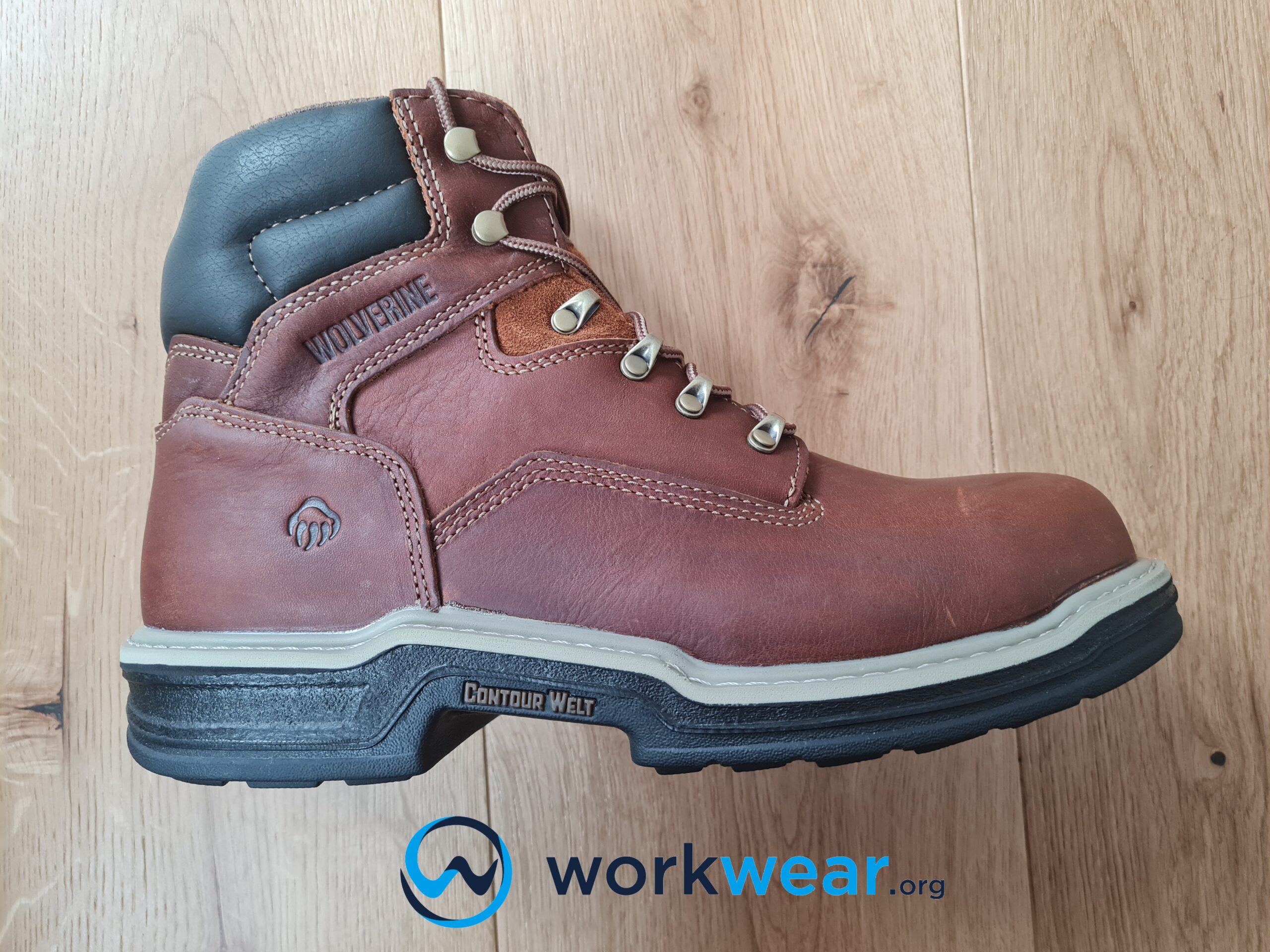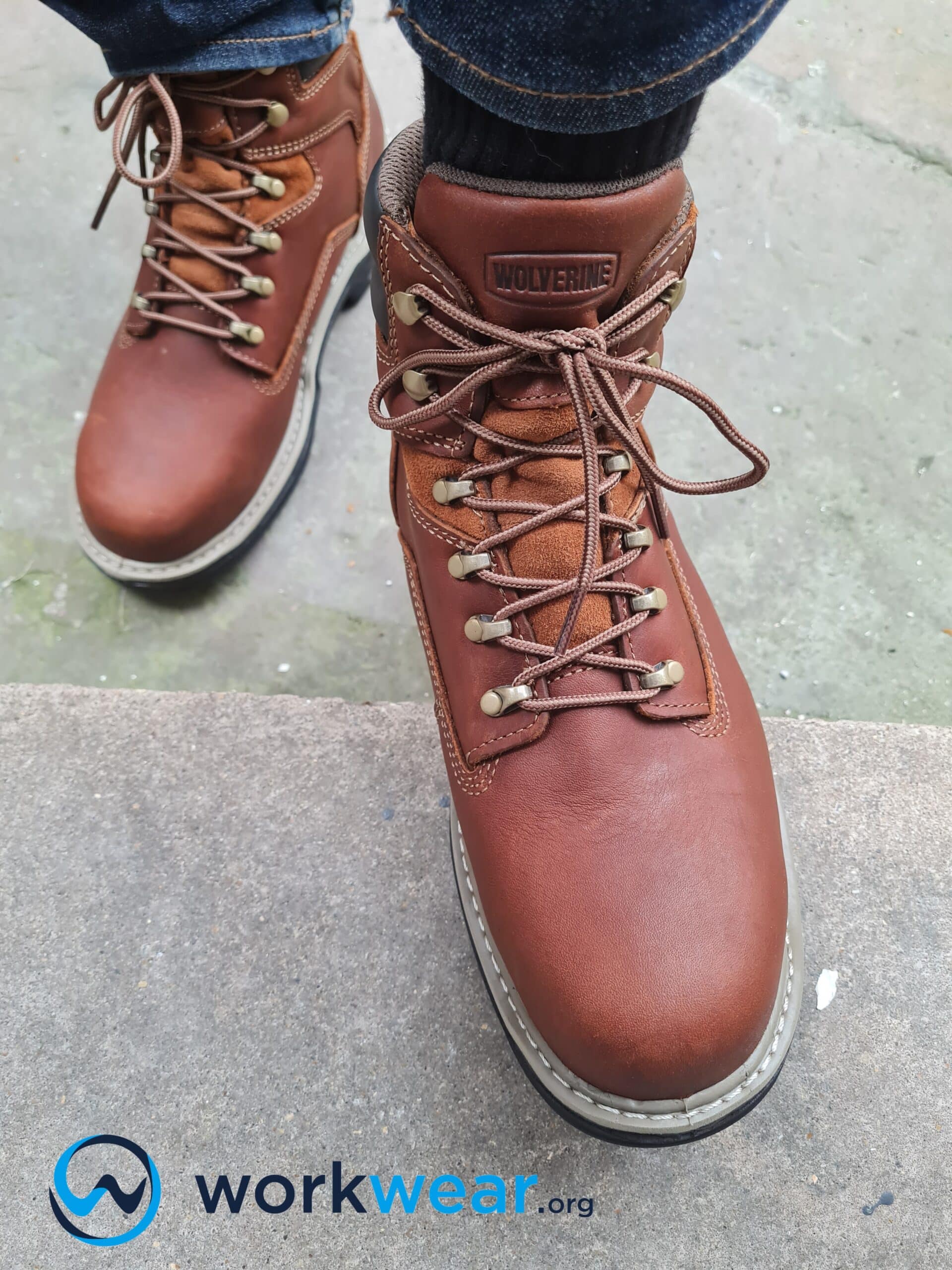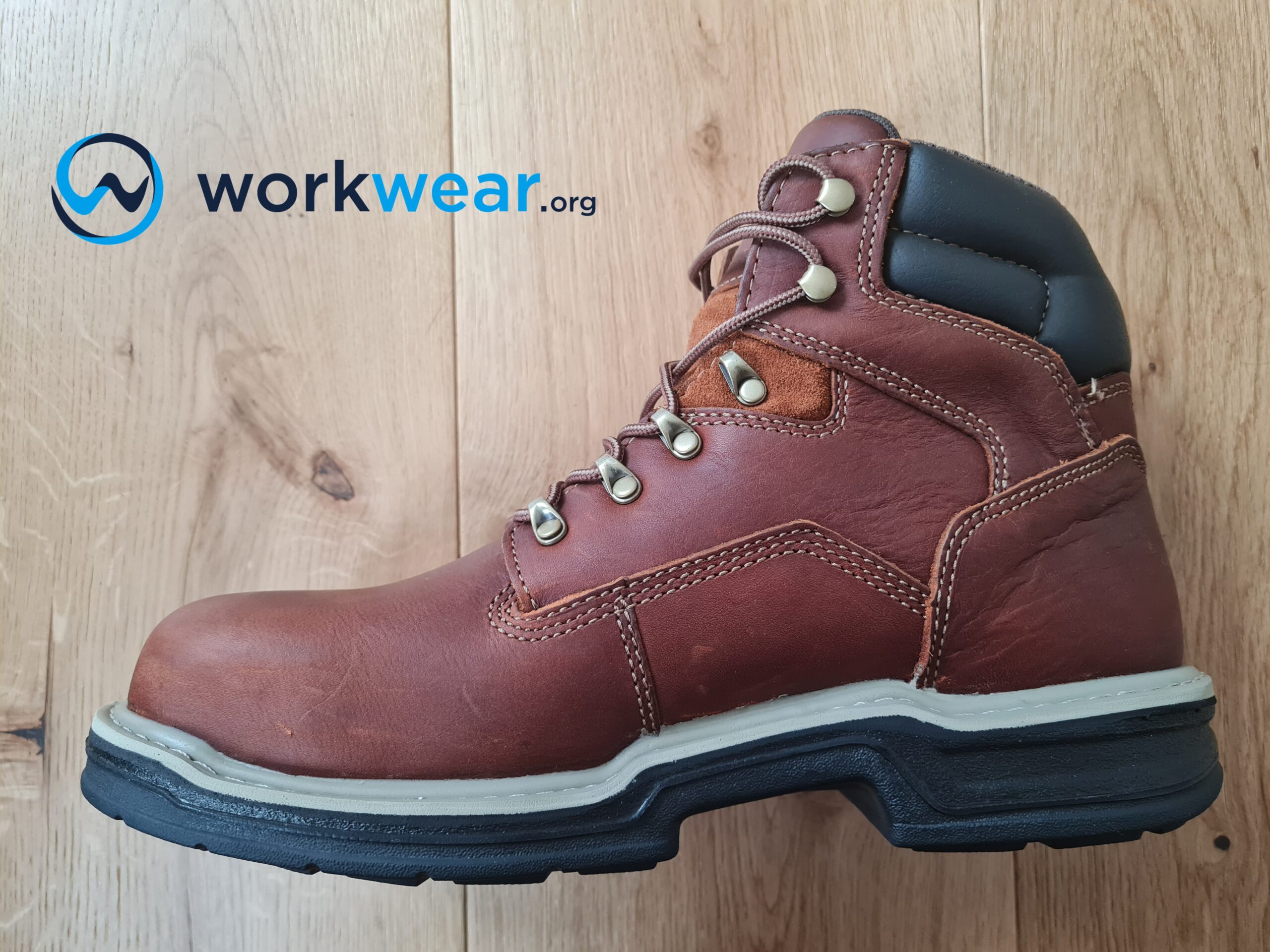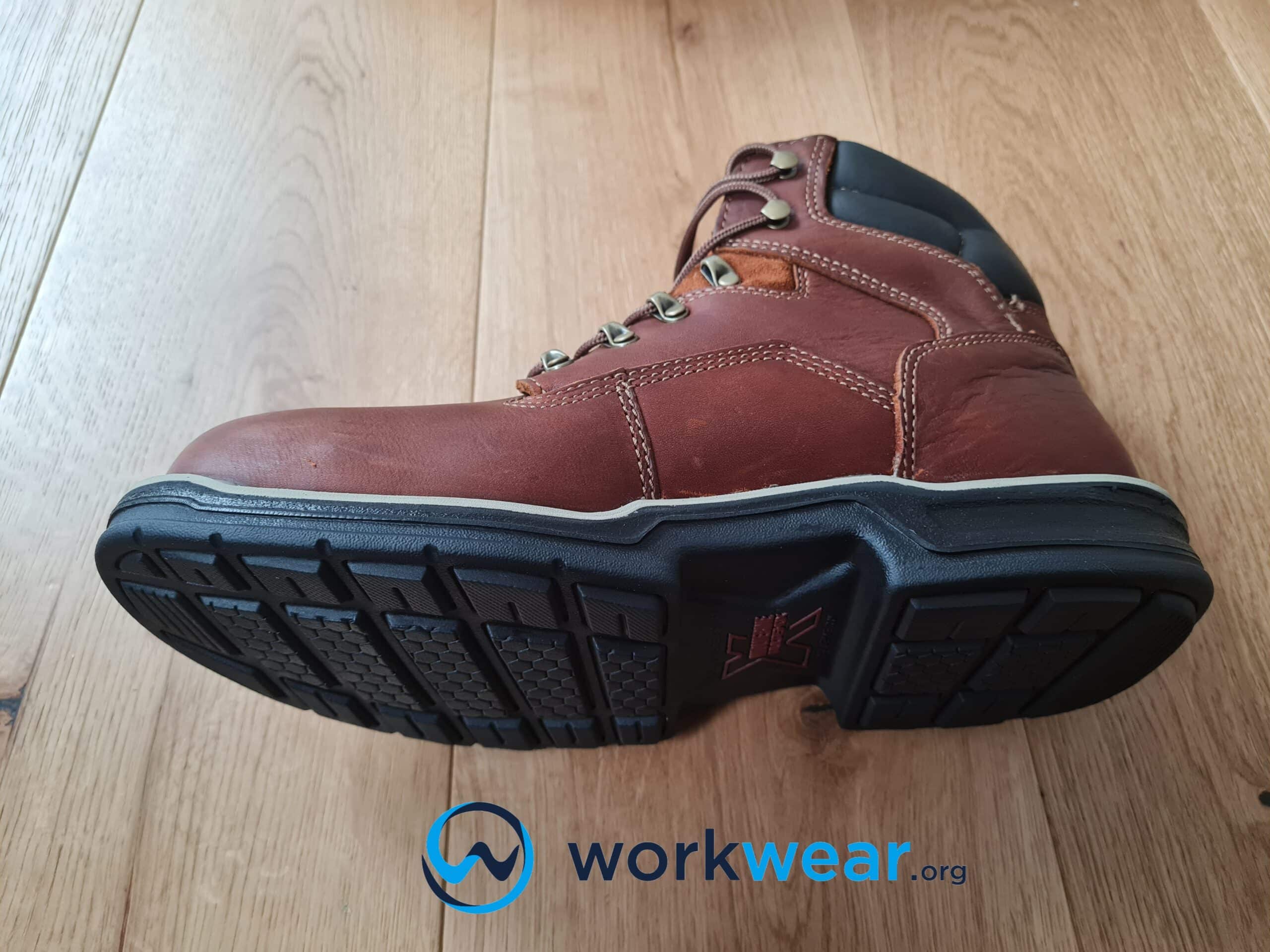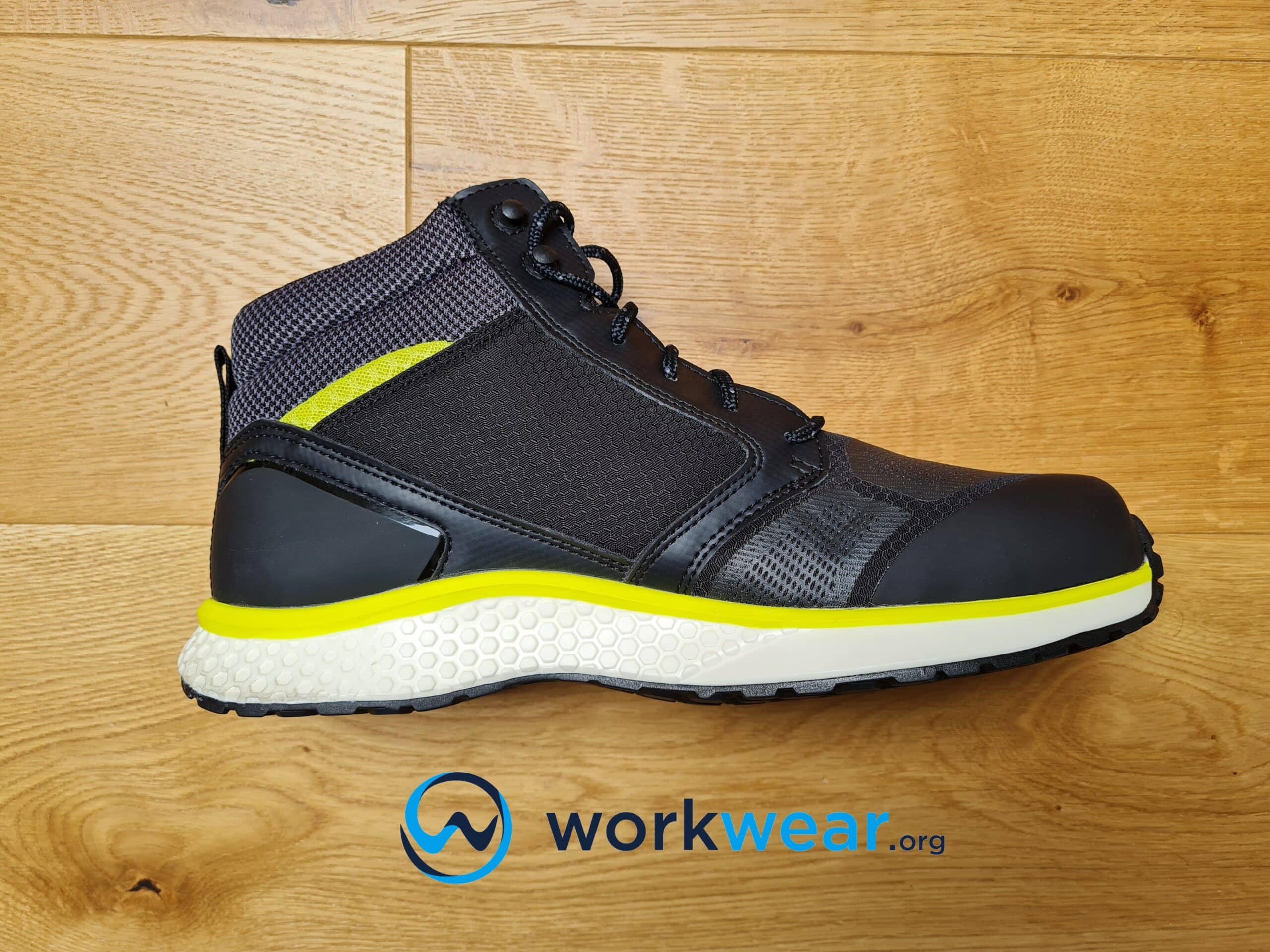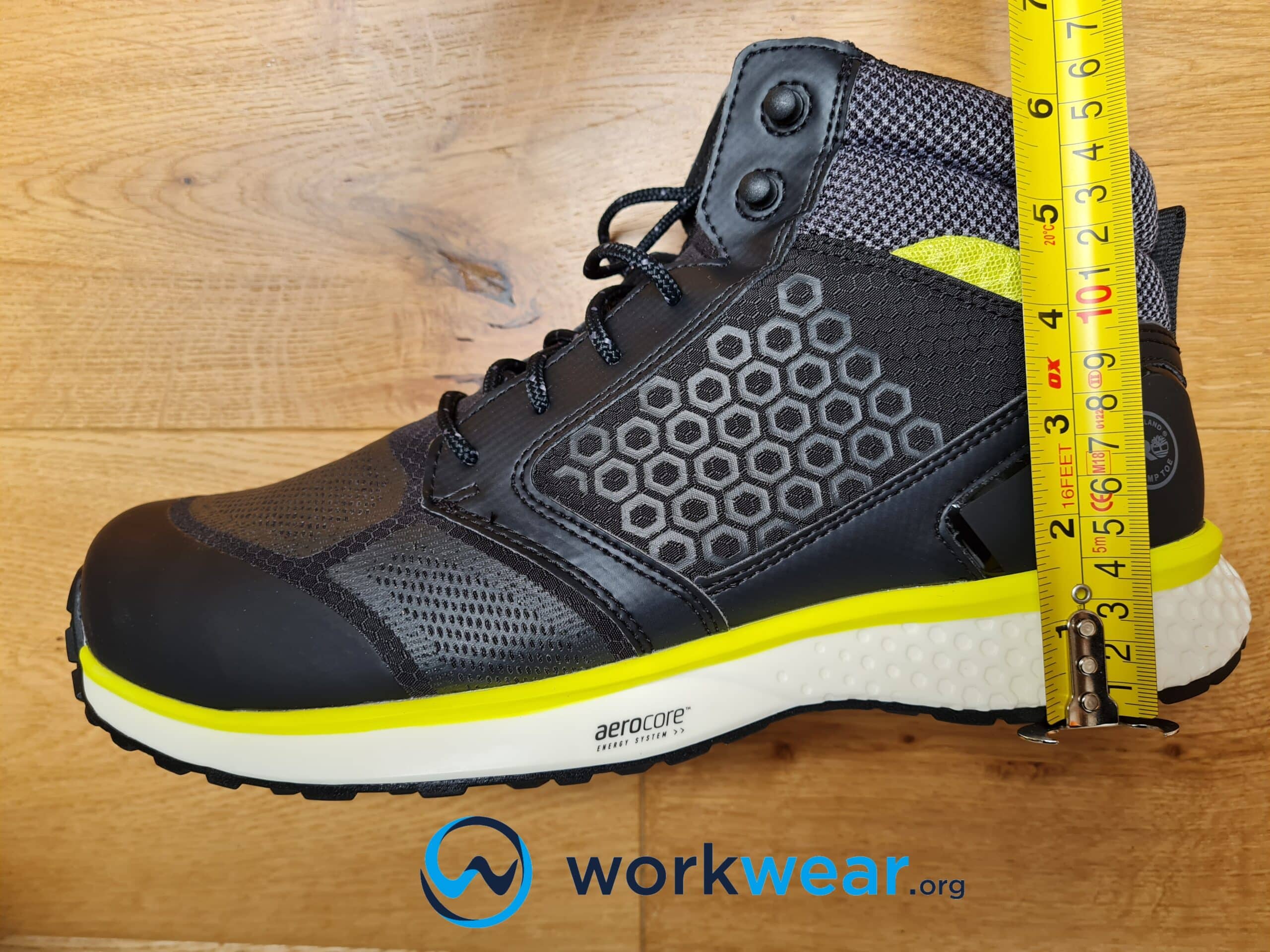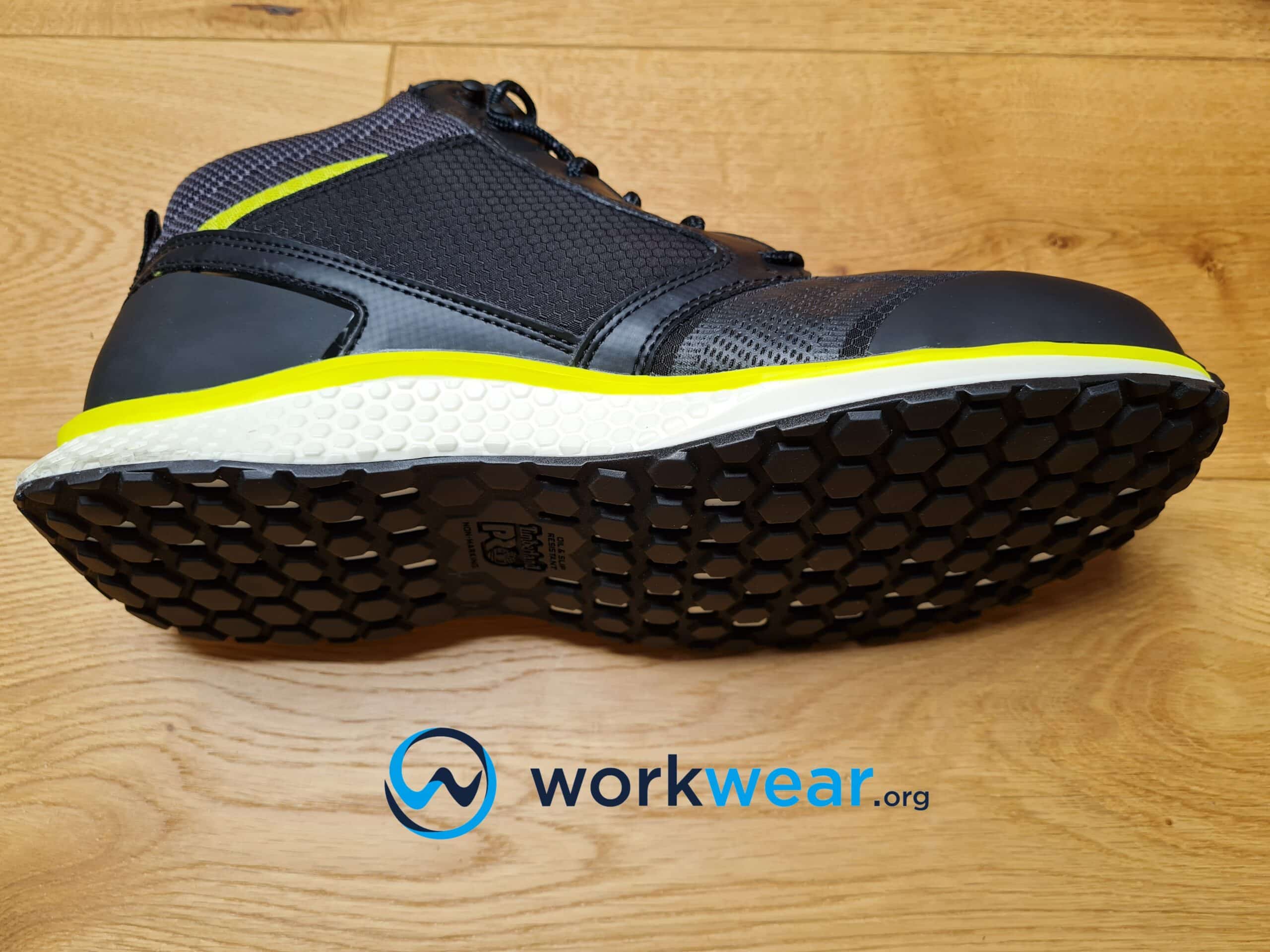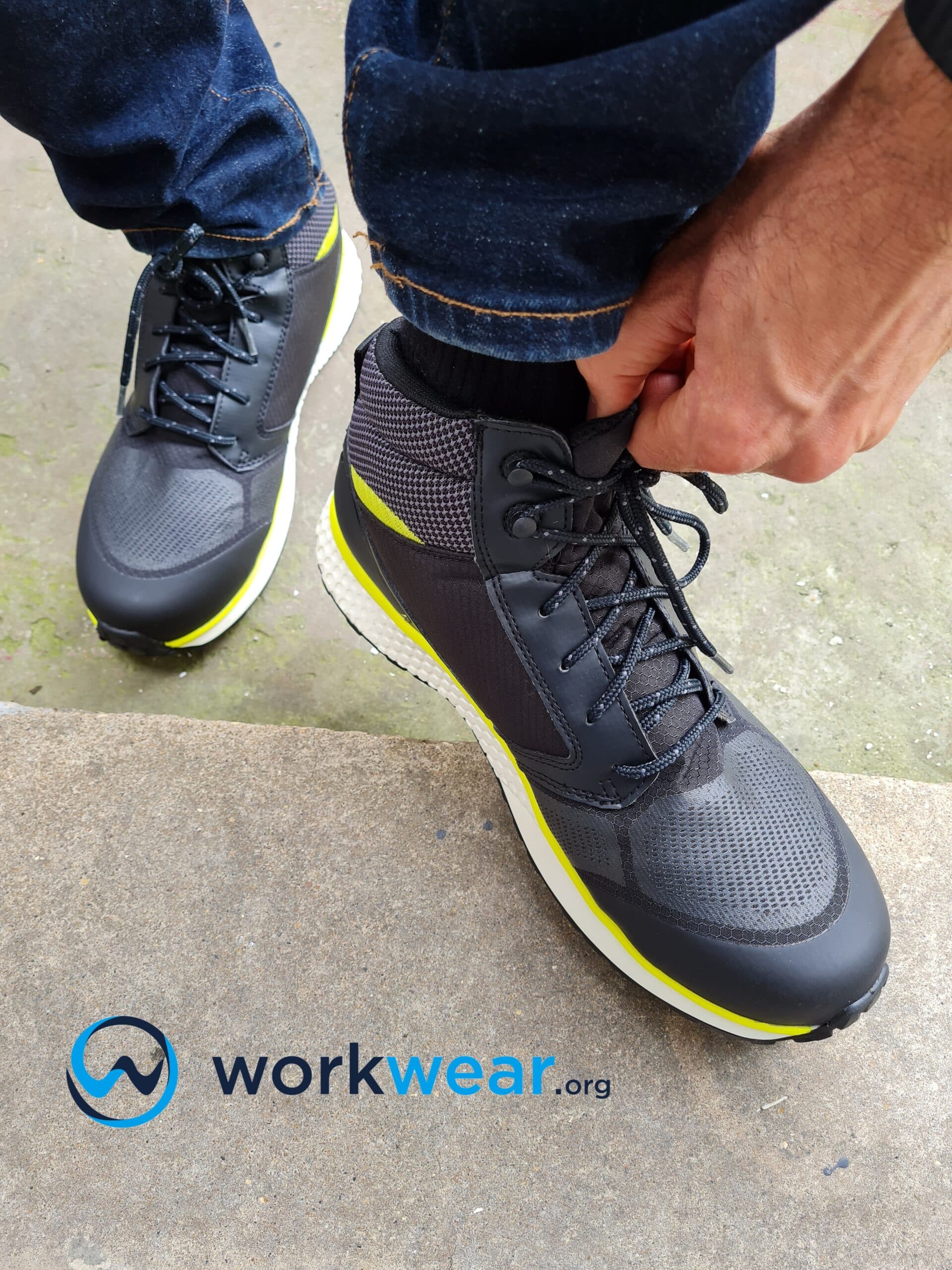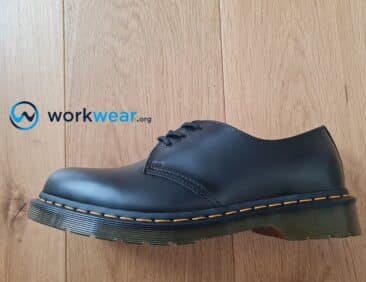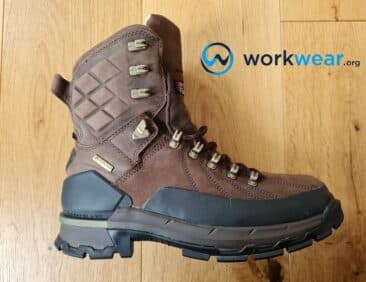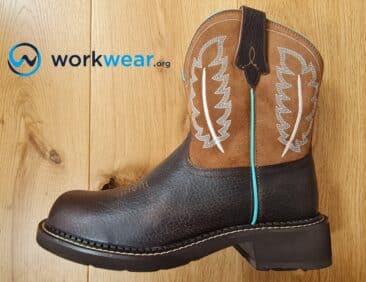Leather vs Synthetic Work Boots – A Detailed Comparison
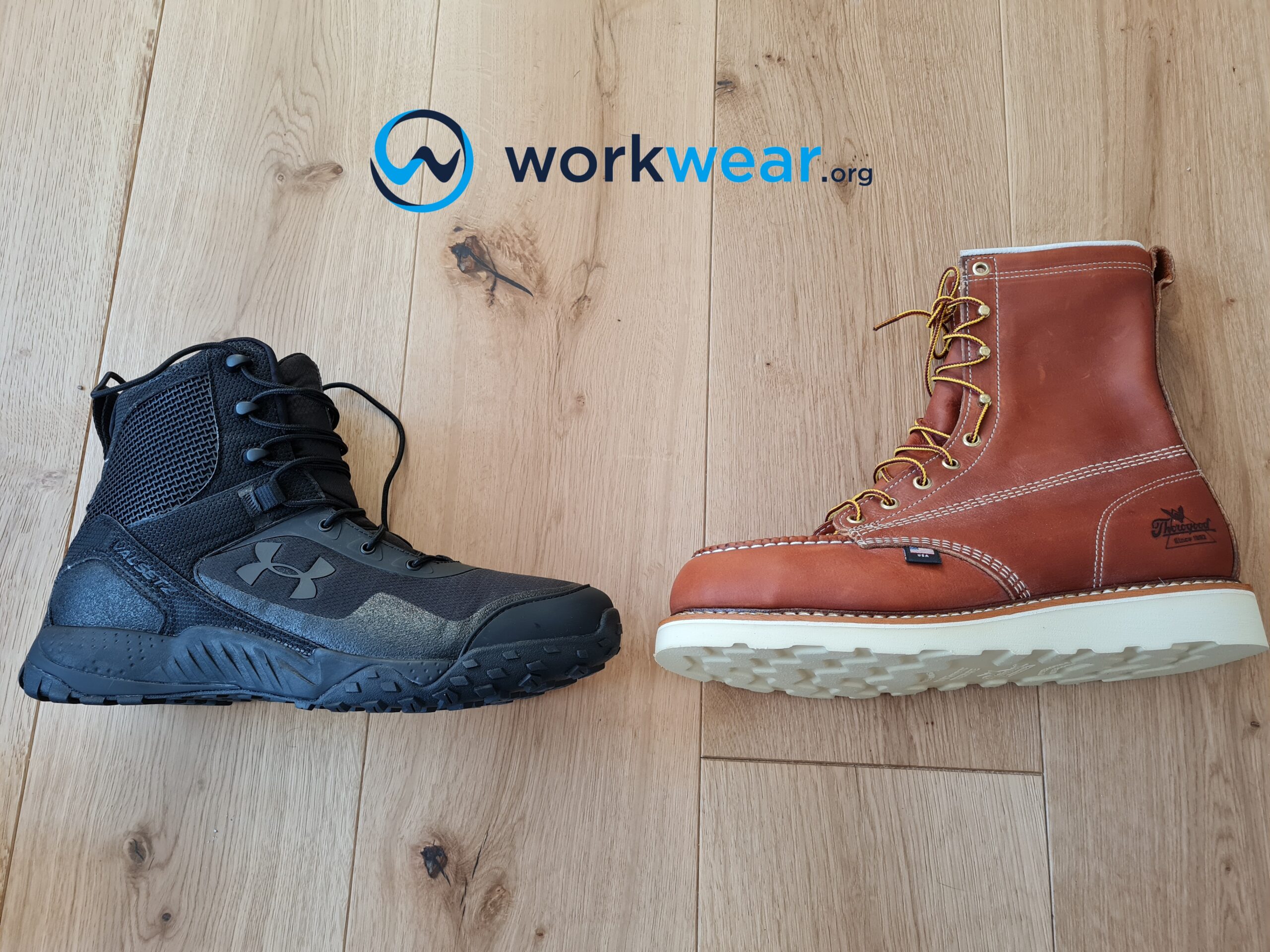
The material used for your work boots will have a dramatic effect on your comfort level for the entire day. When your boots are constructed with materials that are suitable for your needs and working conditions, the footwear can help you maximize your efficiency in the workplace while ensuring your continuous comfort. The materials used for uppers on work boots generally fall into two categories – leather and synthetic materials. Looking at the materials and their distinctive features can help you choose the one that will work best for your requirements so you can be sure that you will get to maximize your footwear investment for long-term use.
Leather Work Boots
Leather work boots are made with the substance that is manufactured by using tanned animal rawhide, with cattle hide being the most common raw material. Leather is both durable and flexible, making it an excellent material for footwear since it can eventually adapt to the shape of your foot with its ability to naturally stretch and fold for superior comfort that only gets better with long-term use. Its durability makes these work boots worthwhile investment pieces that you will be able to enjoy for a long time.
Advantages
Flexible
Leather is a material that naturally flexes and stretches to accommodate the shape of your feet. This ability to adapt to the contours of your feet will increase with time, so you can expect the boots to become softer and more flexible the more you use the footwear. The flexible nature of leather makes it possible for you to enjoy absolute comfort every time you wear the boots as they will eventually mold to the perfect fit to your feet, allowing you to work for long stretches of time without being hindered by the discomfort that can be the result of using stiff, unyielding footwear.
Luxurious Texture
Real leather has a luxurious texture that no other material can closely replicate. The supple leather material can instantly improve the feel of your work boots, turning your daily footwear for work purposes into something that is more delightful to use. The suppleness also works to enhance your comfort level as the boots adjust to the shape of your feet to provide you with high levels of comfort and support for the entire day.
Strong & Durable
Leather work boots offer strength and durability that can withstand regular or heavy use for a long time. Real leather products are known to last for decades especially if properly care for and maintained, compared to items that are made with synthetic materials (including synthetic or faux leather) that may only last for a couple of years. High-quality leather work boots deliver the strength and durability that you can depend on to keep your feet comfortable, supported, and protected for a long time even in tough working environments. The longevity of the material makes leather work boots sensible investment pieces that will prove their value many times over.
Disadvantages
Expensive
Leather work boots are generally more expensive compared to their synthetic counterparts. This is because the processes involved in manufacturing leather are more intricate and take more time to finish. As such, leather work boots may not be the most suitable choices for those who are looking for the most affordable footwear.
May be Heavier
Leather work boots tend to be heavier compared to those made with synthetic materials. This can be an issue with people who prefer to use lightweight footwear for maximum comfort.
Synthetic Work Boots
Synthetic work boots are made with man-made materials including faux or synthetic leather, nylon, Kevlar, polyester, acrylic, and the like. These materials generally feel lighter compared to real leather and are available in a wide variety of aesthetic profiles.
Advantages
Lightweight
Synthetic work boots come in more lightweight profiles compared to leather options. These boots can be used comfortably for the entire day without the added weight that can make moving or walking around more difficult to do. The lightweight structure of the synthetic work boots makes them ideal footwear choices for those who want to move around quickly without straining their feet or legs in the process.
Affordable
The man-made materials that are used give the synthetic work boots a lower price point compared to their leather counterparts. They are great choices for those looking for the best value in terms of cost and the overall comfort that the footwear can offer. You can have a high-quality pair of synthetic work boots that will keep you comfortable in the workplace without breaking the bank in the process.
Low Maintenance
Synthetic work boots are easier to maintain than leather footwear in the sense that the former options do not regular conditioning to sustain high-quality functionality and aesthetics. Depending on the synthetic material used on the work boots, they can easily be cleaned by washing or wiping with a damp cloth to keep them looking properly maintained and new for a long time.
Breathable
Synthetic work boots can be made with breathable materials that allow air to move freely within the footwear. This allows excess heat to be dissipated before it can excessively build up inside so your feet can remain comfortable and dry all day long.
Disadvantages
Less Durable than Leather
Synthetic work boots, including those made with synthetic leather, generally have shorter lifespans compared to leather work boots. As such, synthetic work boots may not be suitable options for those looking to invest in footwear that will last for a long time.
May Not Offer Adequate Protection
Work boots made with synthetic materials may not have leather’s sturdy and strong profile that will keep your feet protected from hazards in the workplace, such as objects that may accidentally fall on your feet. Also, some man-made materials may not offer protection from liquid substances that can seep into the footwear and expose your feet to a great deal of cold and wetness.
Leather vs Synthetic Work Boots
| Feature |
Advantages |
Disadvantages |
|---|---|---|
| Leather |
|
|
| Synthetic |
|
|
Conclusion
Work boots are available in leather and synthetic materials that both come with their own advantages and disadvantages. Determining the features that are associated with each option can help make the decision-making process easier and will help you get the most out of your work boots investment.
FAQs
- Which is more comfortable – genuine leather or synthetic leather work boots?
- It depends on your personal preference and workplace conditions. Leather work boots may be heavier, but they can provide a higher level of protection in hazardous conditions. On the other hand, synthetic materials keep the boots lightweight but may not keep your feet safe from hazards in the workplace.
- What work boots should I get if I want to protect my feet from extreme warmth and sweat?
- Leather work boots may be the most suitable choice as leather is a breathable material that allows air to pass through, preventing heat from building up within. This will help keep your feet comfortably dry and sweat-free. It is important to note though, that there are synthetic work boots that are also made with breathable materials.
- What makes the leather more expensive compared to synthetic materials used in work boots?
- The process of manufacturing leather and its raw material is more complicated and more time consuming, which contributes to the higher price tags of leather products compared to those made with synthetic materials that are easier and faster to process.
- Why are leather work boots more difficult to maintain?
- Leather footwear will need to be cleaned and conditioned on a regular basis if you want them to maintain their luxurious look and texture for a long time. Maintaining leather products may involve more steps but the overall result will be more than worth it and can be enjoyed for years to come.
